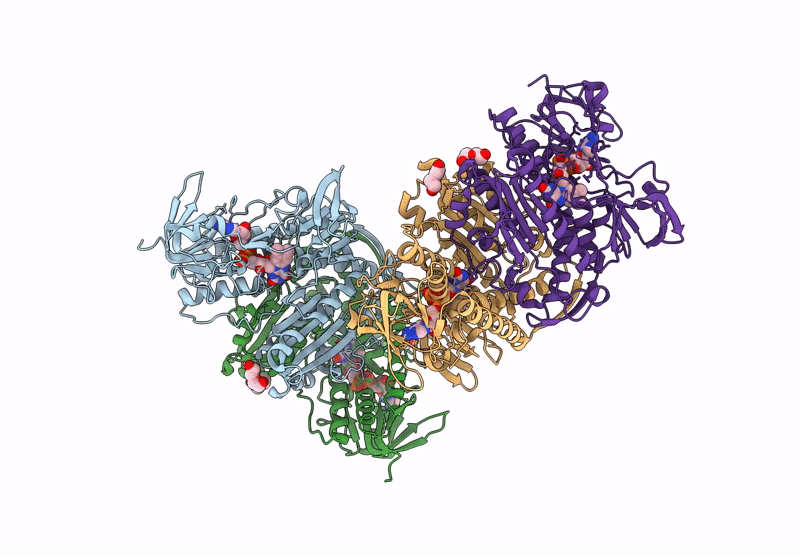
Deposition Date
2024-10-30
Release Date
2025-05-07
Last Version Date
2025-05-28
Entry Detail
PDB ID:
9H9C
Keywords:
Title:
Crystal structure of thioredoxin reductase from Cryptosporidium parvum in the "activated in" conformation
Biological Source:
Source Organism:
Cryptosporidium parvum (Taxon ID: 5807)
Host Organism:
Method Details:
Experimental Method:
Resolution:
2.40 Å
R-Value Free:
0.25
R-Value Work:
0.22
Space Group:
P 1 21 1


